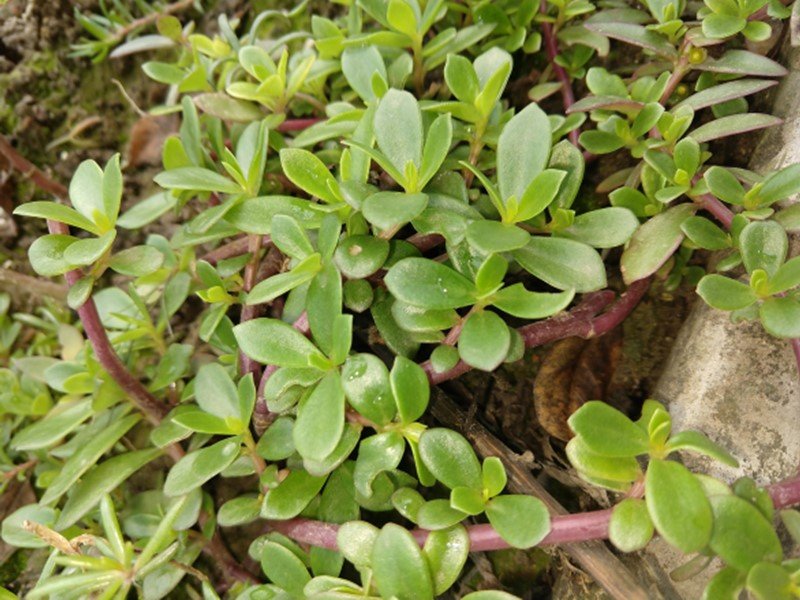Photo Source: Morning Chores
What’s Below:
About Tatsoi
Cooking & Storage
Recipes
ABOUT tatsoi
Tatsoi is a tender green that has rounded leaves. It has a smooth texture and a sweet, earthy flavor. These yummy greens have origins in China, particularly along the Yangtze River in East China, where it’s been cultivated for over 2,000 years. To this day it is especially popular in Chinese and Japanese cuisines for adding to stir-fries and soups.
COOKING & STORAGE
Edible parts: Leaves and flowers
Medicine and Nutrients: Tatsoi is very rich in vitamins C, K, and A. They also provide a significant source of fiber.
Storage: Store tatsoi in the refrigerator, in the crisper drawer with other vegetables. Put it in a plastic bag and wait to wash until eating or cooking. Tatsoi has a short shelf-life and will only last a few days.
Ways to Prepare
RAW: Tatsoi can be eaten raw, and is tender enough to use as a salad base.
COOKED: In terms of cooking, tatsoi has some similarities to spinach, and can be used in place of it. That said, their leaves are best prepared using quick cooking methods like sautéing, steaming, braising, and adding to soups.
RECIPES
Tatsoi Salad (I Heart Umami)
Ru Yi Cai (“As You Wish” Vegetables, 如意菜) (The Woks of Life)
Spicy Stir Fried Tatsoi (Cook For Your Life)
Browned Butter Tatsoi Pasta (Harvest 2 You)
Authored and compiled by Maya Marie of Deep Routes, Ayllen Kocher, and Amara Ullauri.




